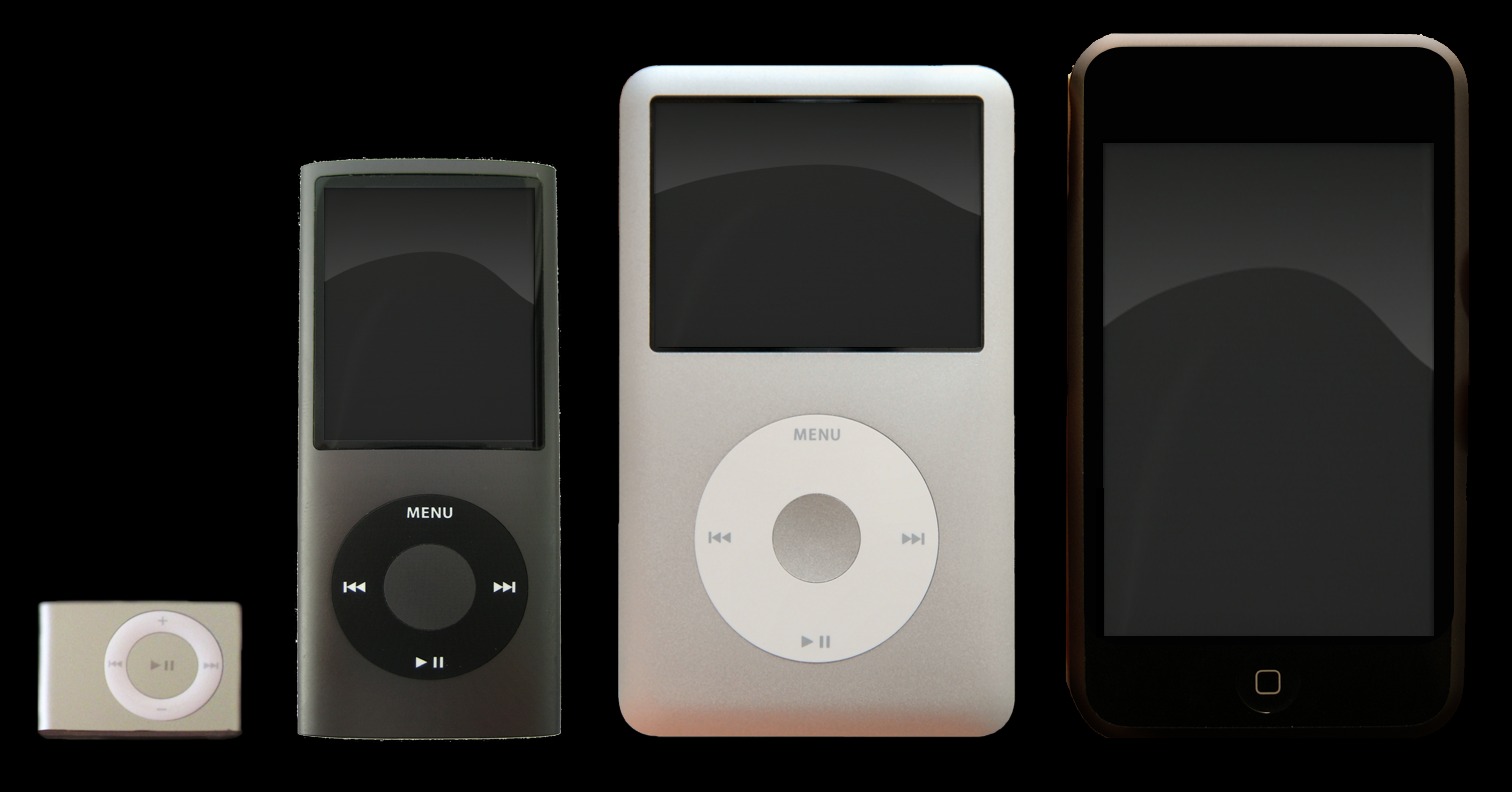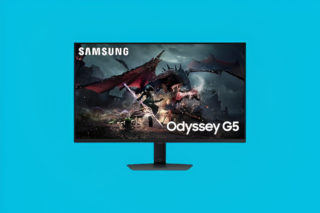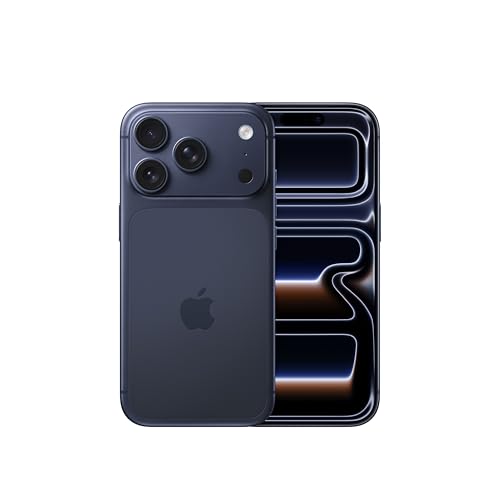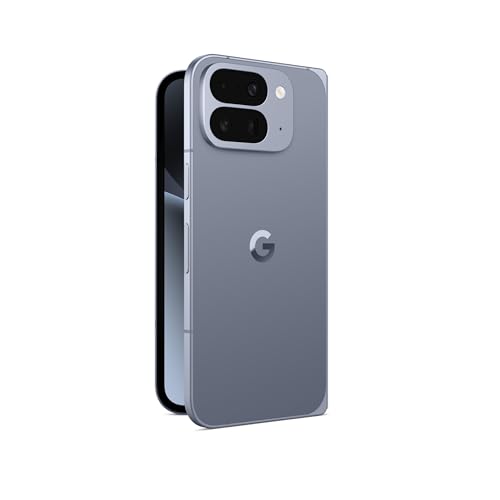Your music collection used to weigh pounds. Literally, before October 23, 2001, portable music meant choosing between a Walkman’s single-tape limitations or lugging around a CD case that could double as a weapon.
Then Apple dropped the iPod, promising 1,000 CD-quality songs in a device weighing just 6.5 ounces. At $399, it cost more than many people’s monthly car payment, but it solved a problem most didn’t realize they had until Steve Jobs articulated it perfectly: “a thousand songs in your pocket.”
Technical Breakthrough That Actually Mattered
The 5GB hard drive and FireWire connection left competitors scrambling to catch up.
While other MP3 players struggled with 64MB of flash memory—enough for maybe 20 songs if you were lucky—the iPod packed a full 5GB hard drive. FireWire connectivity meant transferring an entire CD took under 10 seconds, making USB-based competitors feel like dial-up internet.
The scroll wheel wasn’t just clever design; it was navigation that actually worked when you’re jogging or fumbling in darkness. Your thumb could find any song in seconds without looking.
Design Philosophy That Predicted the Future
Minimalist aesthetics borrowed from Braun’s playbook created Apple’s design DNA.
The iPod’s clean lines and intuitive interface drew heavily from Dieter Rams’ work at Braun, establishing design principles that would influence Apple’s future products. That monochrome display and single scroll wheel looked almost primitive compared to competitors’ button-heavy interfaces, yet it worked better than anything else.
This wasn’t just about making music portable—it was Apple’s first step toward becoming the lifestyle brand that would eventually dominate personal technology.
The Ecosystem Strategy Nobody Saw Coming
iTunes integration revealed Apple’s master plan for controlling digital media consumption.
Mac-only compatibility seemed like a limitation, but it was actually strategic genius. iTunes’ Auto-Sync feature meant your iPod updated automatically every time you connected—no manual file management needed.
While critics dismissed the Mac exclusivity as narrow targeting, Apple was building the foundation for total ecosystem control. This wasn’t just a music player; it was the blueprint for the App Store, iPhone integration, and every other walled garden Apple would create.
The iPod sold approximately 450 million units before Apple retired it in 2022, transforming not just how you carry music, but how you think about owning versus streaming it. That pocket-sized revolution made digital music feel inevitable—and made Apple the company that would define personal technology for the next two decades.





























